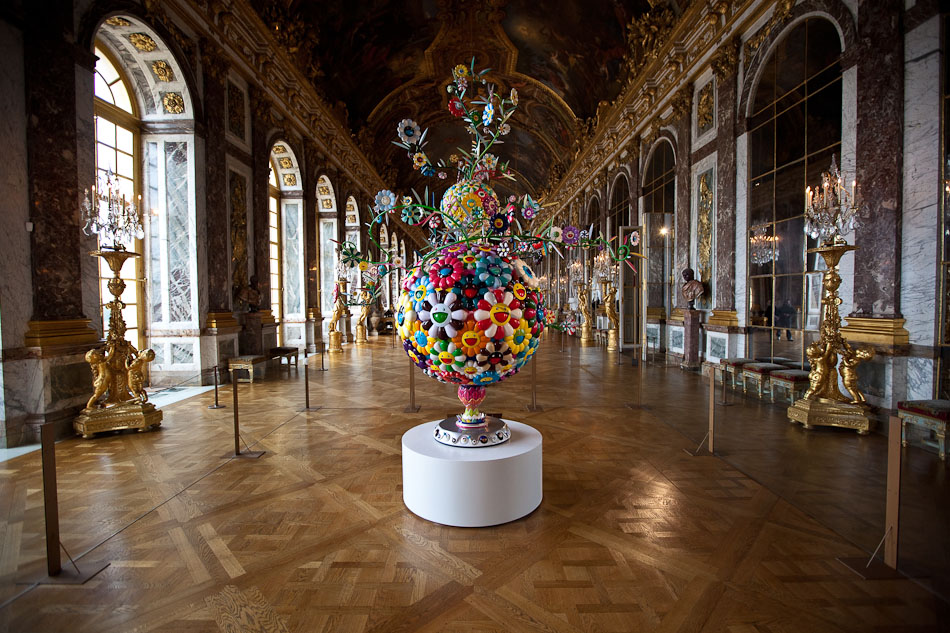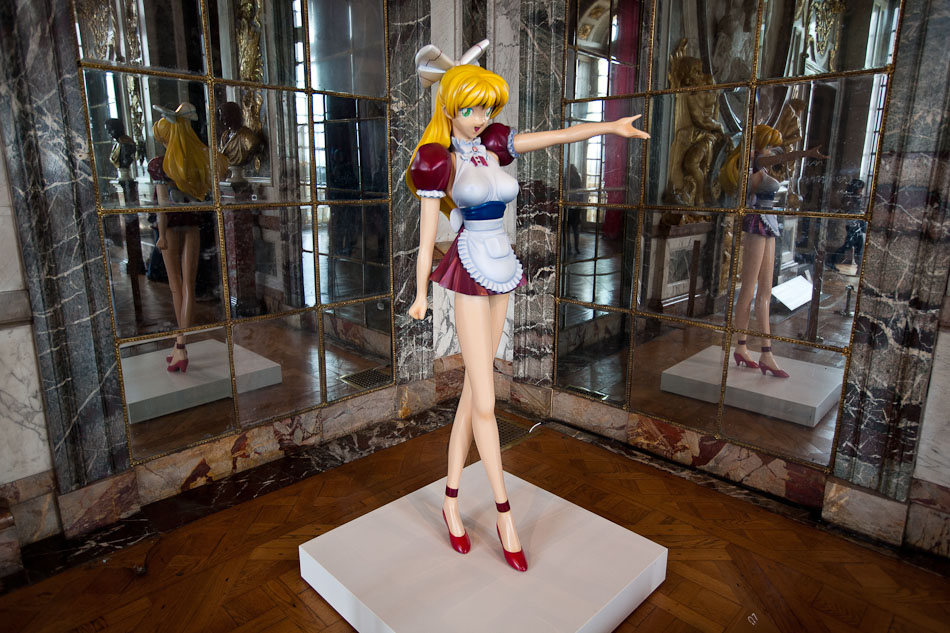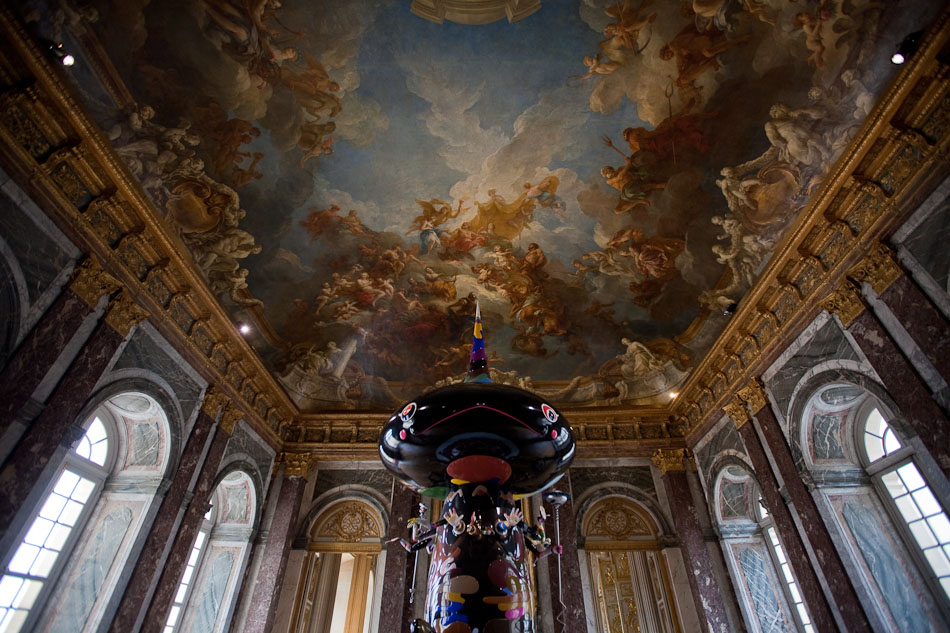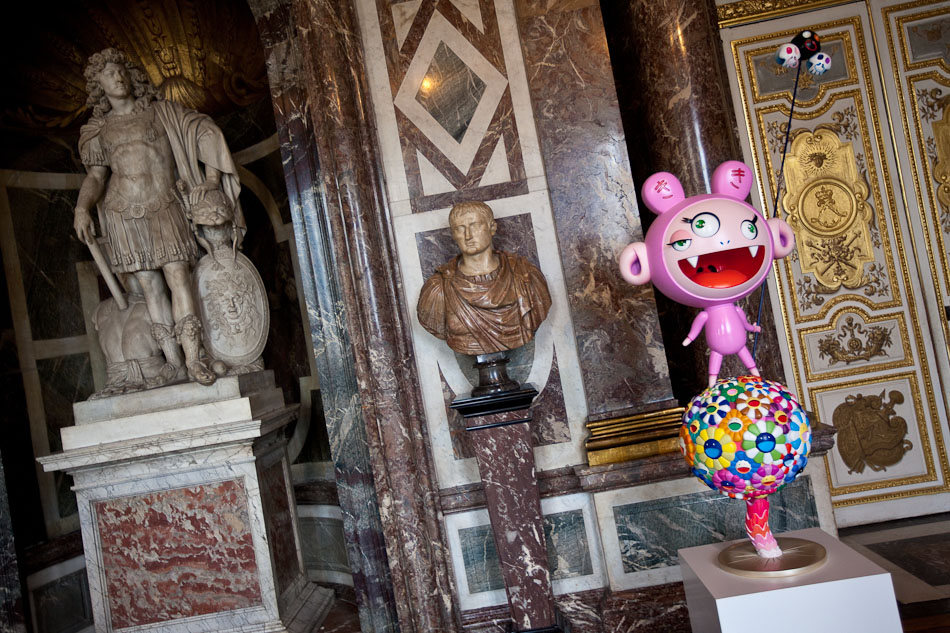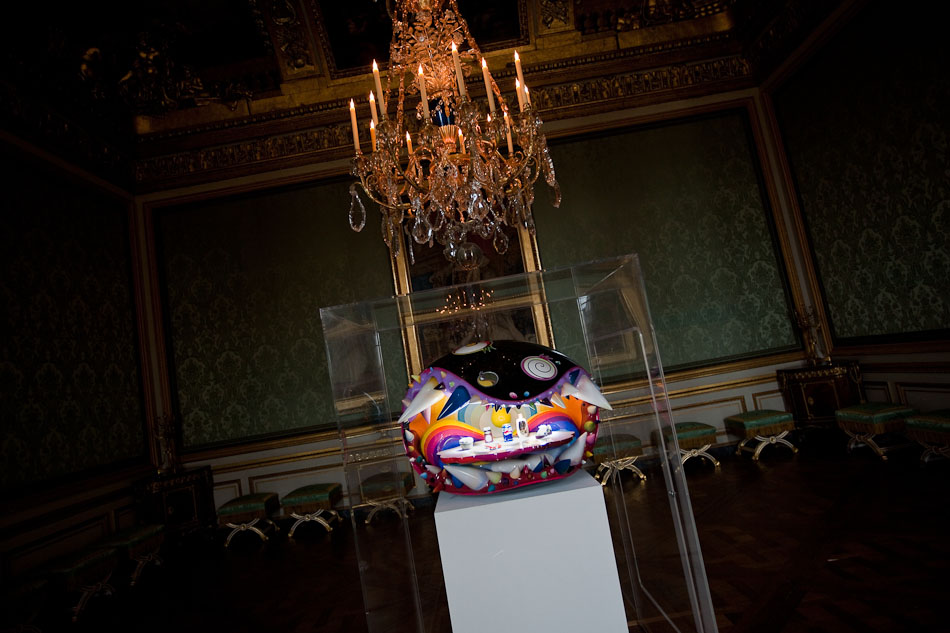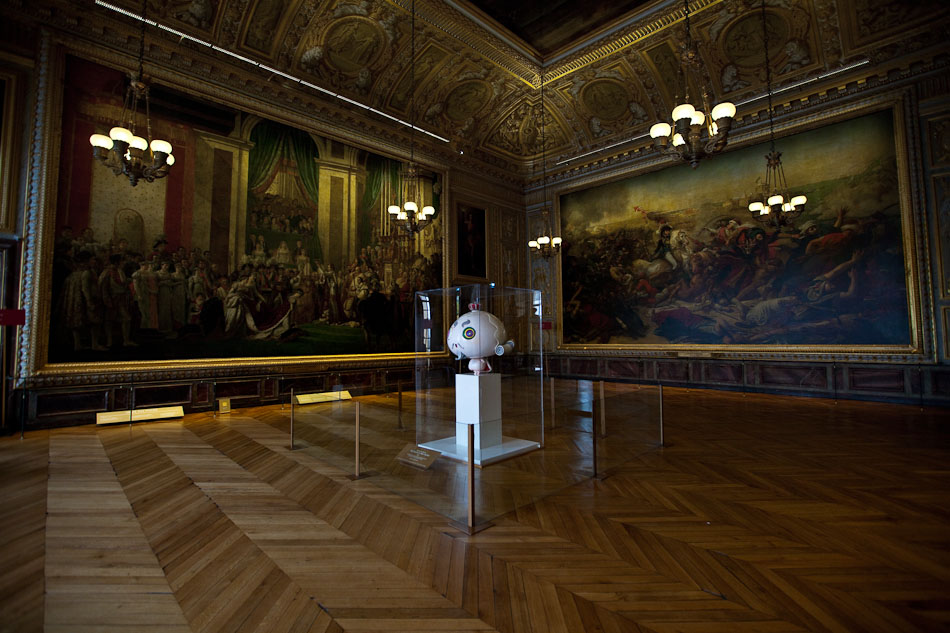Oct 30, 2011 | Counterfeit Paradises, Society
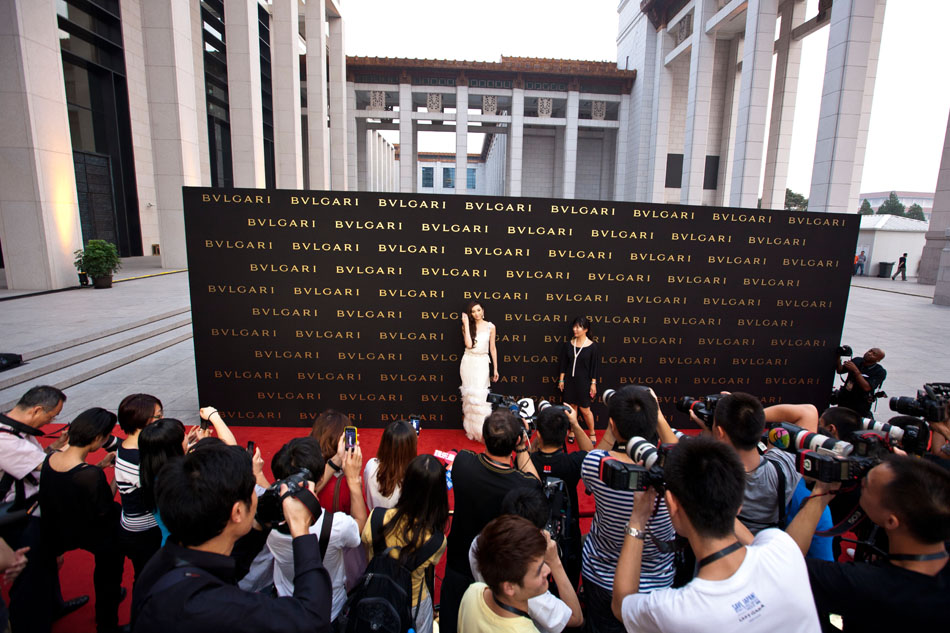
After a four-year, $380 million refurbishment, the National Museum of China finally opened its doors to the public as the largest exhibition space on the planet, beating out both the Louvre in Paris and the Hermitage in St. Petersburg. Even though now touted as one of the world’s premiere cultural institutions, it has failed to impress either international or domestic visitors with it’s shrill depiction of the history of the Chinese Communist Party in its centerpiece “The Road of Rejuvenation” exhibition. Key epochs such as the Great Leap Forward and Cultural Revolution are left out of its glossy displays and poorly translated placards. Still, such a propagandistic history of modern China was expected in the first place. What really shocked many visitors was the blatant commercialization of the National Museum of China within its first two design exhibitions: “Louis Vuitton Voyages” and “Bulgari: 125 Years of Italian Magnificence.” Museum directors claim such exhibitions are revitalizing interest in the space, but it is more a sellout at the heart of the nation a stone’s throw from Mao Zedong’s tomb. Critics remain baffled as to how such a key cultural institution could blatantly promote such crass consumerism, especially surrounding the 90th anniversary of the Chinese Communist Party which was also linked to an exhibition of historical paintings adjacent to vintage Louis Vuitton trunks and sparkling Bulgari jewels. Such opulent items stand counter to the core ideologies of the founding fathers of the Chinese Communist Party celebrated a short distance away, as well as the core mission of the museum itself that is purportedly dedicated to promoting Chinese culture instead of foreign luxury brands. These photographs juxtapose the “The Road of Rejuvenation” and “Masterpieces of Modern Chinese Fine Arts” exhibitions advocating the socialist roots of the Chinese Communist Party with the champagne-fueled openings of the “Louis Vuitton Voyages” and “Bulgari: 125 Years of Italian Magnificence” exhibitions. Such paradoxes stand at the center of the Chinese Communist Party’s attempts to rectify its embrace of rampant free-market consumerism with its socialist heritage.
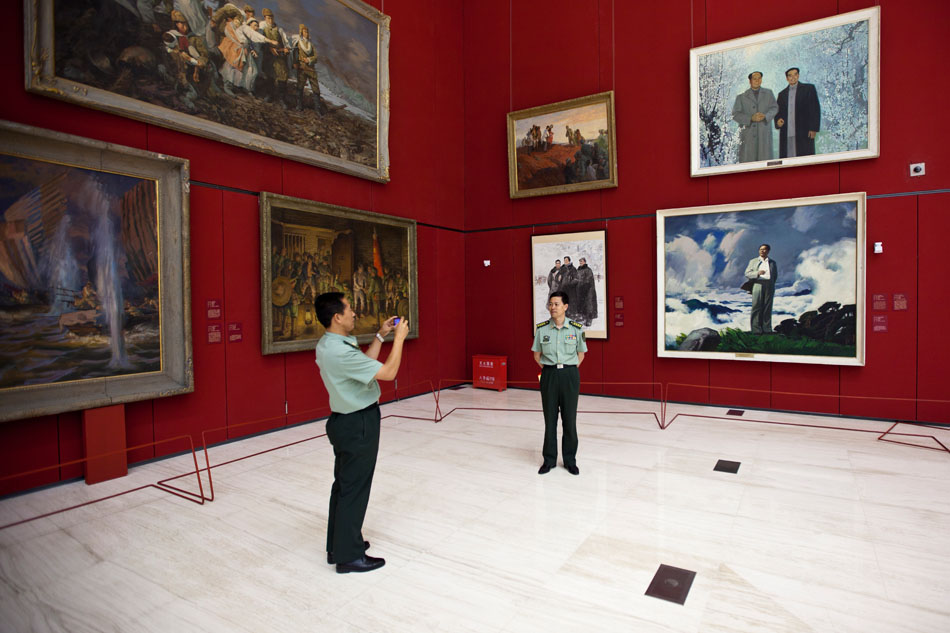
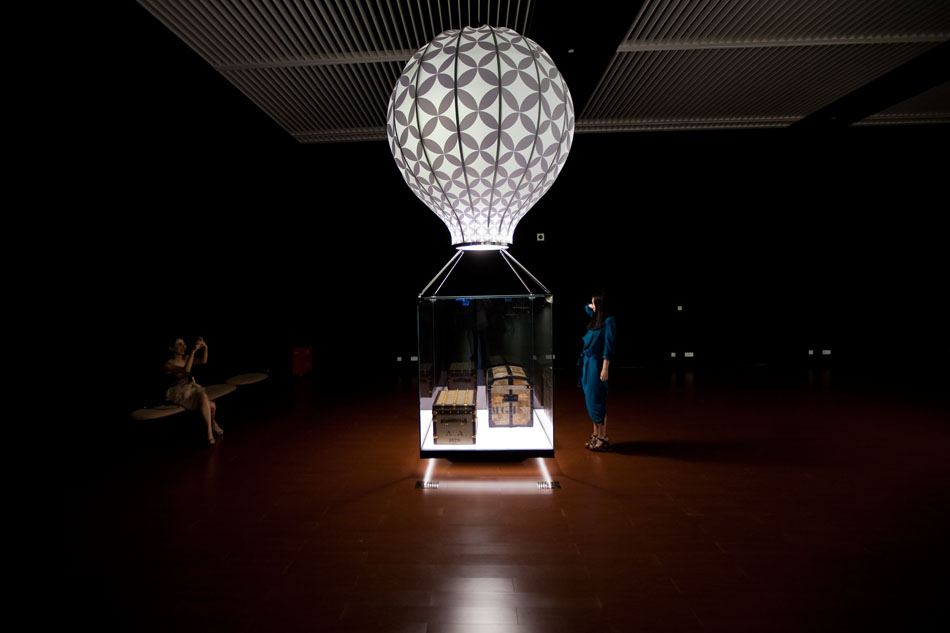
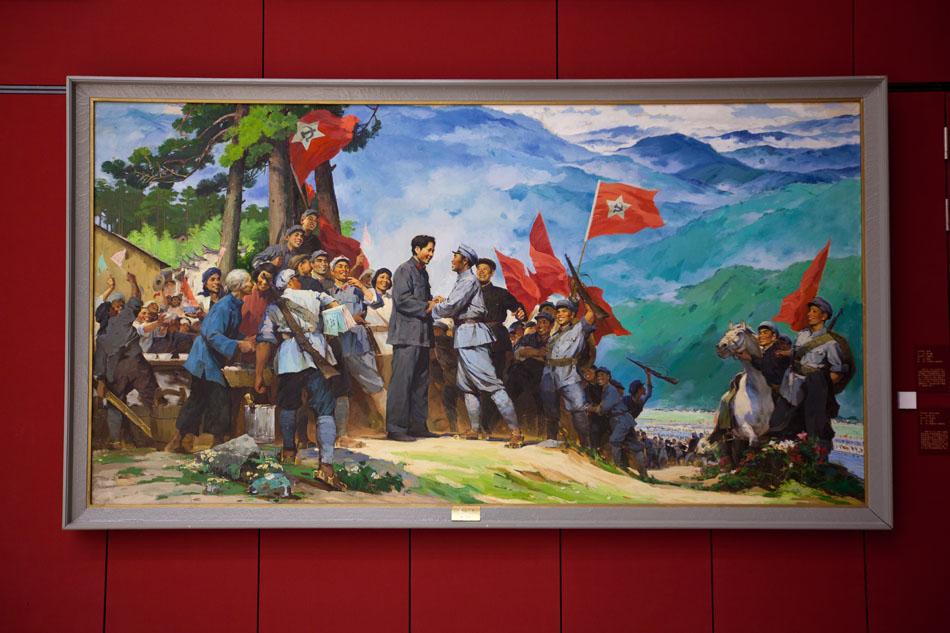

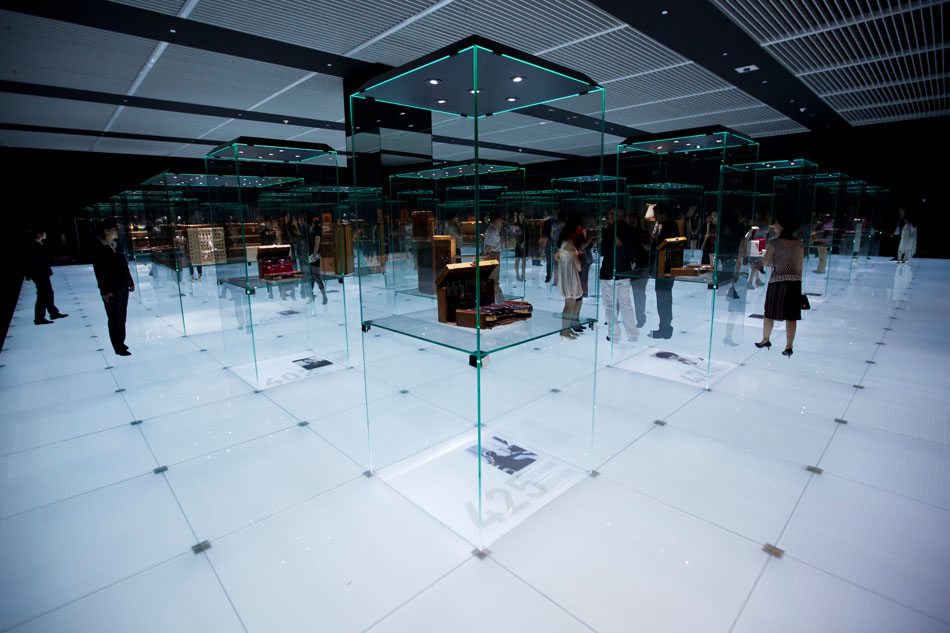
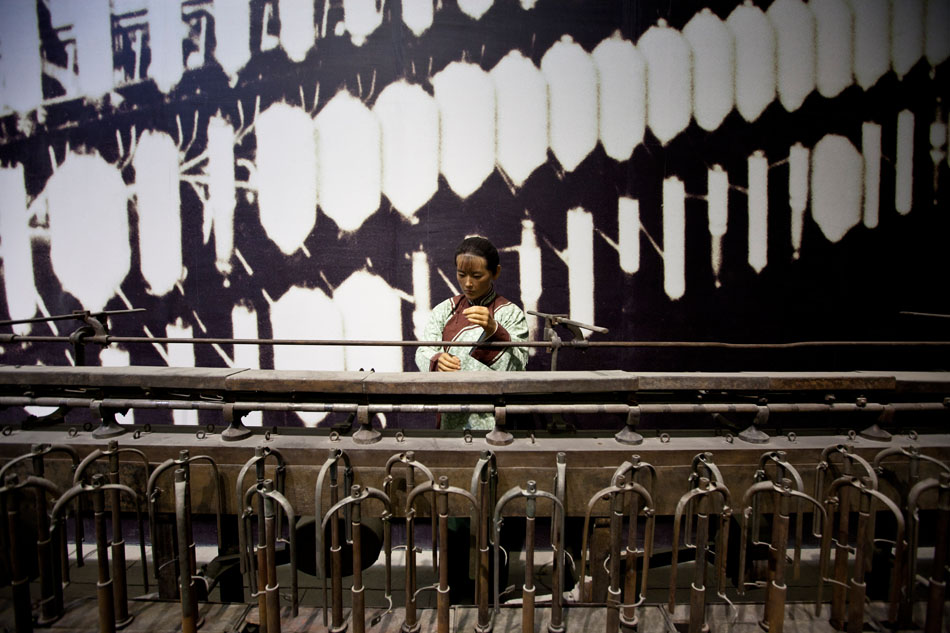


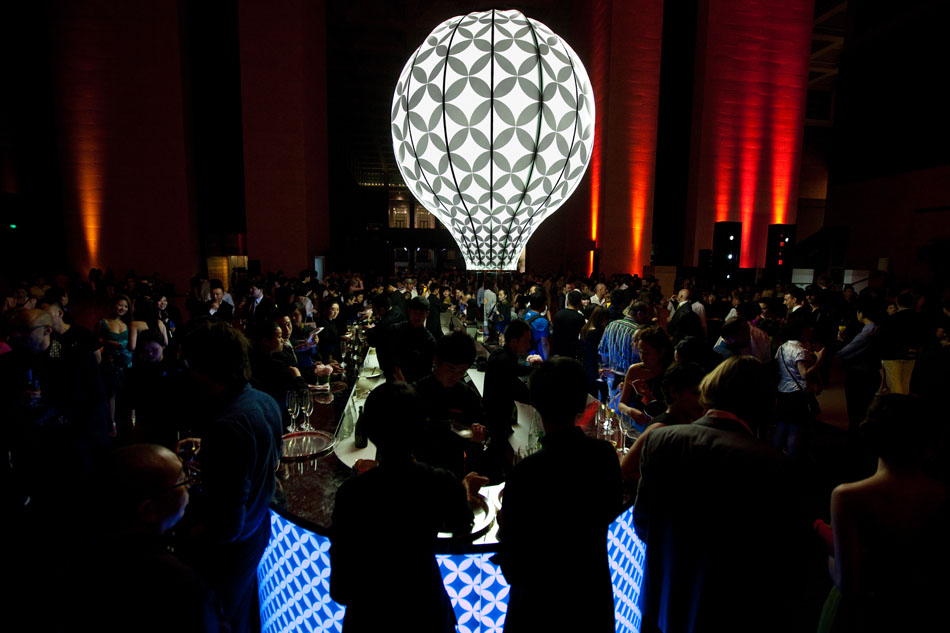

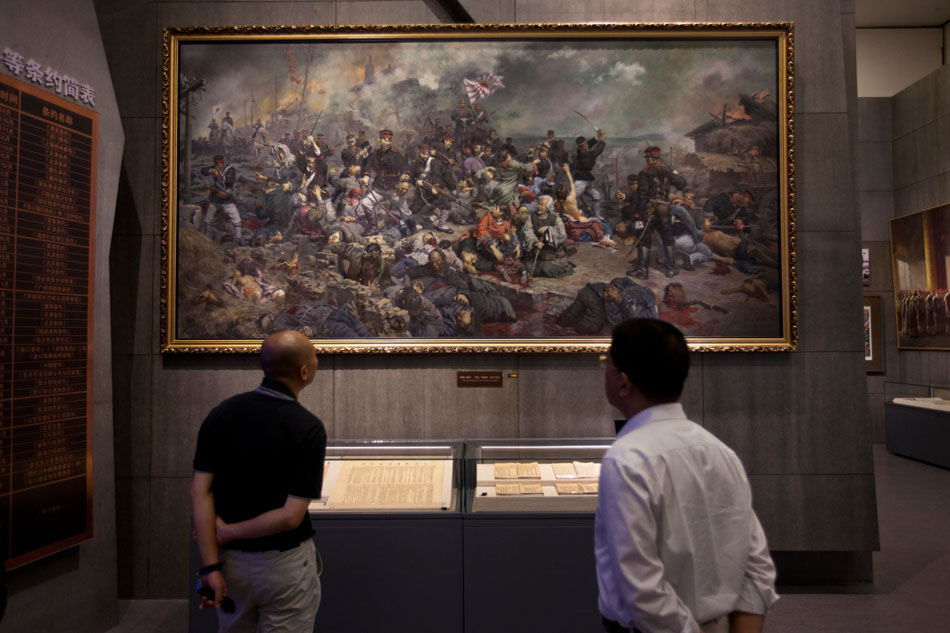


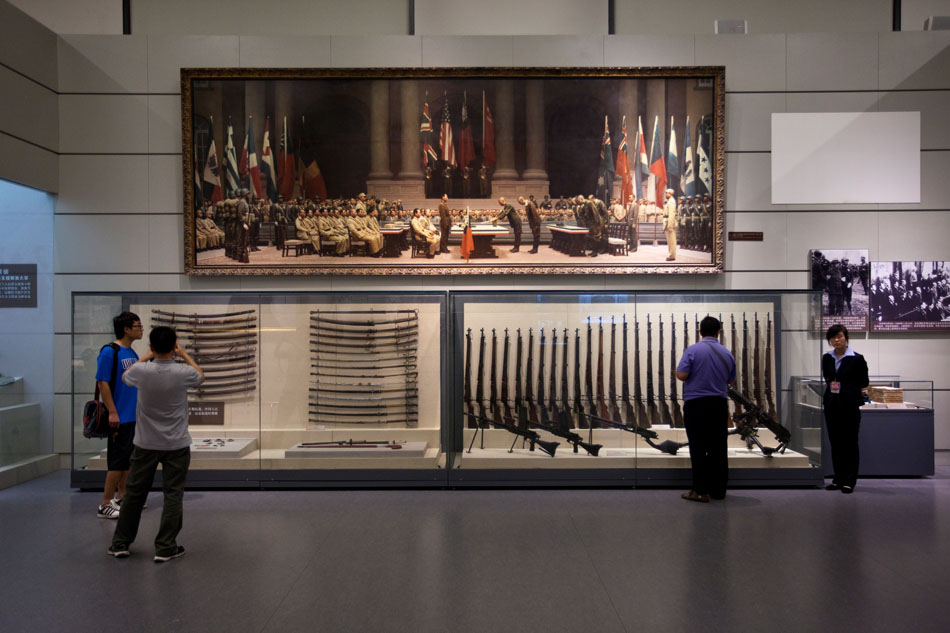
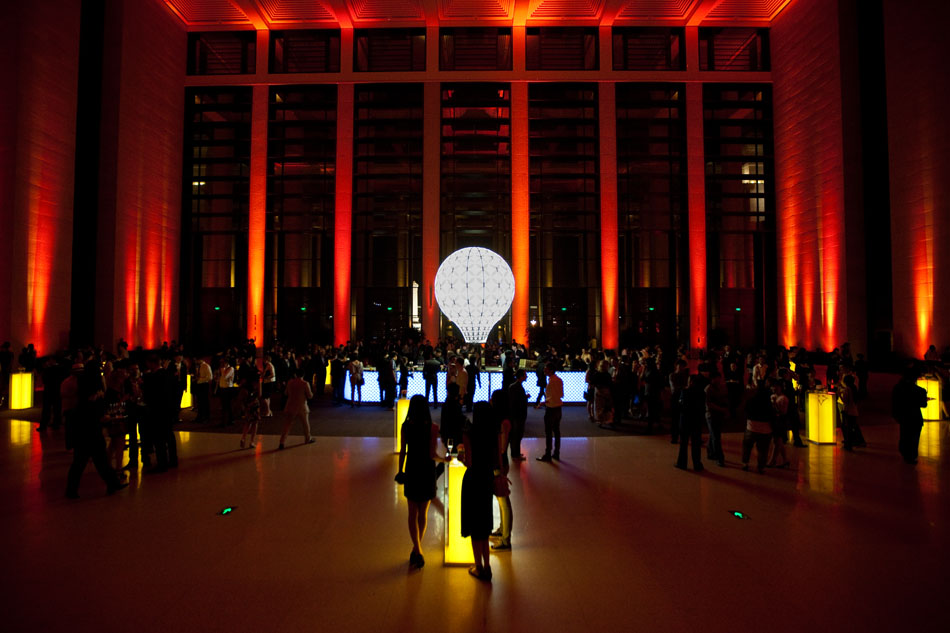
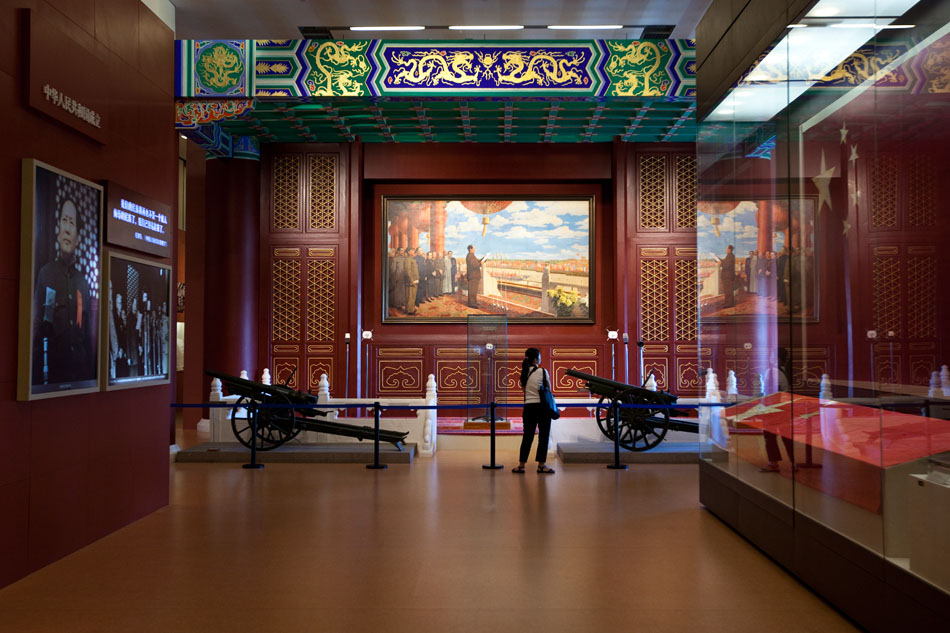

Nov 28, 2010 | Art, Travel
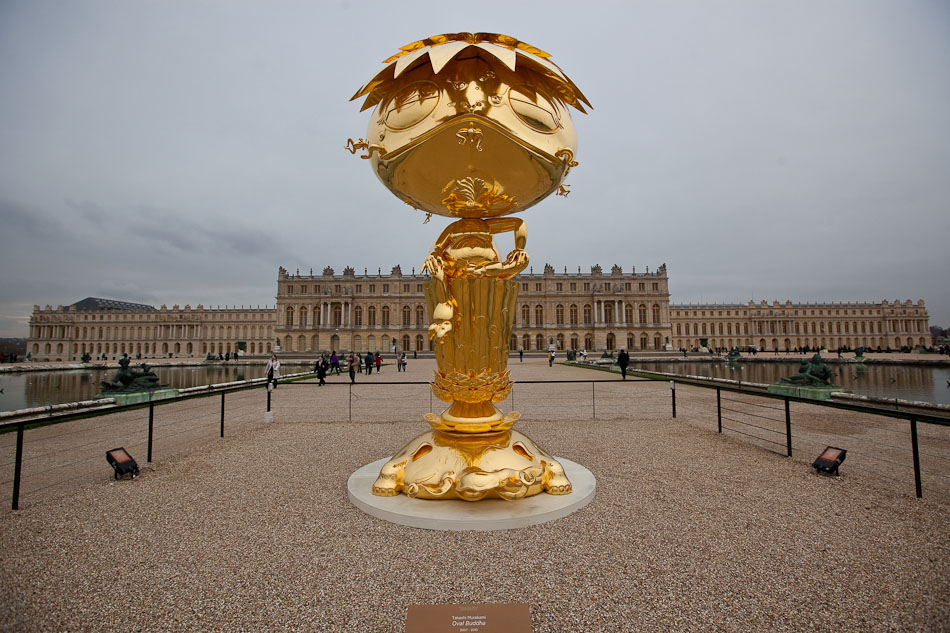
There was a spot of bother in France these past few months when Murakami took over the ornate halls and salons of Versailles with his superflat sculptures. Apparently his playful and questionably subversive installations did not go over well with a handful of descendants of Louis XIV and other royalists who consider the UNESCO World Heritage estate sacrosanct (check The Economist, The Art Newspaper and Culture Kiosque). This isn’t the first time that a contemporary art exhibit at Versailles has been called into question either. Jeff Koons’ giant lobster was met with similar grumblings in 2008. Laurent Le Bon, the curator of the show, seemed very conscious of the foregoing dissent and wrote an almost apologetic introduction to the exhibit. He tries to separate himself from the “clashes” of historical heritage and contemporary work presented at other cultural institutions. Instead he claims Murakami’s fantasy world compliments the paradise created at Versailles and allows the viewer to reassess the nature of its baroque trappings. Murakami himself implores visitors to let down their guard and take on an impish persona for the exhibit: “I am The Cheshire Cat who greets Alice in Wonderland and chatters on as she wanders around the Chateau. With my playful smile, I invite you all to the Wonderland of Versailles.” In my humble opinion, I thought the overall effect was fabulous. I know it was my first visit to Versailles, an overwhelming place in and of itself, but seeing Murakami’s hyper colorful and surreal sculptures placed amidst the intricately painted ceilings and molded walls of Versailles bowled me over. Aside from the forceful visceral nature of the exhibition, I feel that the impetus behind Murakami’s art and Versailles are very much the same. At the heart of both is a drive to cater to the most elaborate and luxurious sentiments of their respective eras. Although the aesthetics of opulence from 17th century France and 21st century Japan differ mightily, Murakami and the legendary team of artists behind Versailles created some of the most grand, over-the-top, pop imagery of their times. No matter what, the controversy behind the “clash” or “harmony” of the Murakami Versailles exhibit will continue to drive up ticket sales before it closes on December 14.
